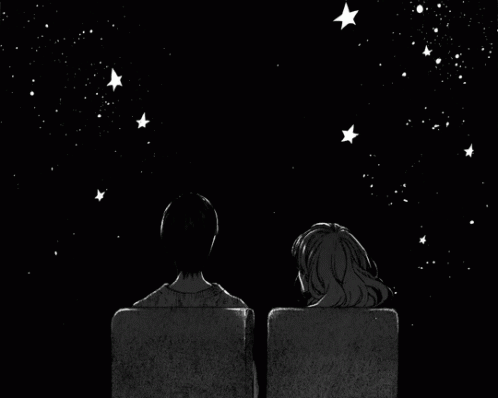Scientists coin a new term for missing the stars
Every year, our night skies are becoming about 10% lighter because of increases in human-made light pollution.

A few minutes every morning is all you need.
Stay up to date on the world's Headlines and Human Stories. It's fun, it's factual, it's fluff-free.
Every year, our night skies are becoming about 10% lighter because of increases in human-made light pollution. People are using more outdoor lighting – and brighter LED lights – and it’s made the dark night skies a whole lot less dark. And with lighter skies comes fewer visible stars.
“The rate at which stars are becoming invisible to people in urban environments is dramatic,” explains Dr. Christopher Kyba, the lead author of a study published in the journal Science earlier this year. “If the brightening of the night sky continues at the current rate, a child born in a place where 250 stars are visible will only be able to see 100 stars there on their 18th birthday.”
This trend affects many animals by tripping up migration patterns, disturbing nocturnal animals’ ability to navigate and messing up the balance of ecosystems. When it comes to humans, though, the loss of the stars tends to make people really … sad. We miss them.
Scientists are actually submitting a new term for this feeling of loss – noctalgia, meaning “sky grief.” Human beings feel separated from their ancestors because we don’t experience the same night sky that they did. We can only see the Milky Way in remote parts of the world, where not a lot of people really live. Scientists say that noctalgia expresses “the accelerating loss of the home environment of our shared skies - representing loss of science, heritage, millennia-old sky traditions, place-based language, and more.”

But we aren’t destined to experience noctalgia forever. There are ways that we can try to bring back darker night skies so that more stars are visible to the naked eye again. Unlike other environmental problems, like climate change, light pollution can be reversed pretty cleanly. By cutting unnecessary outdoor lighting, we can bring back the stars. On a large scale, this kind of change would require careful design, more mindful use of technology and regulation of artificial light at night




Comments ()